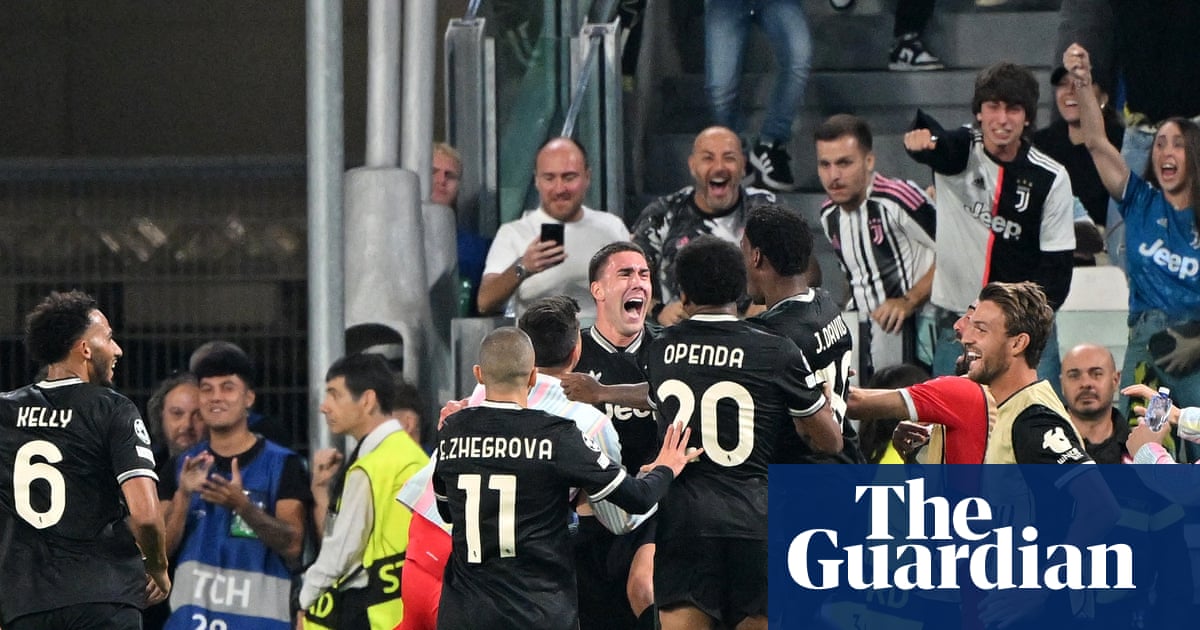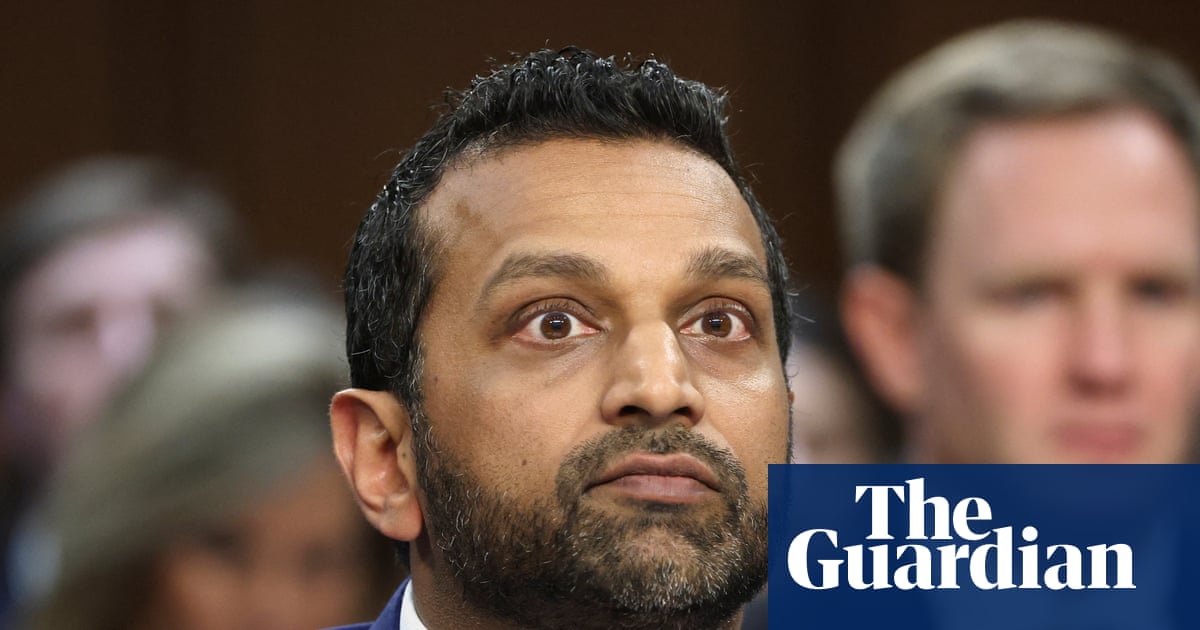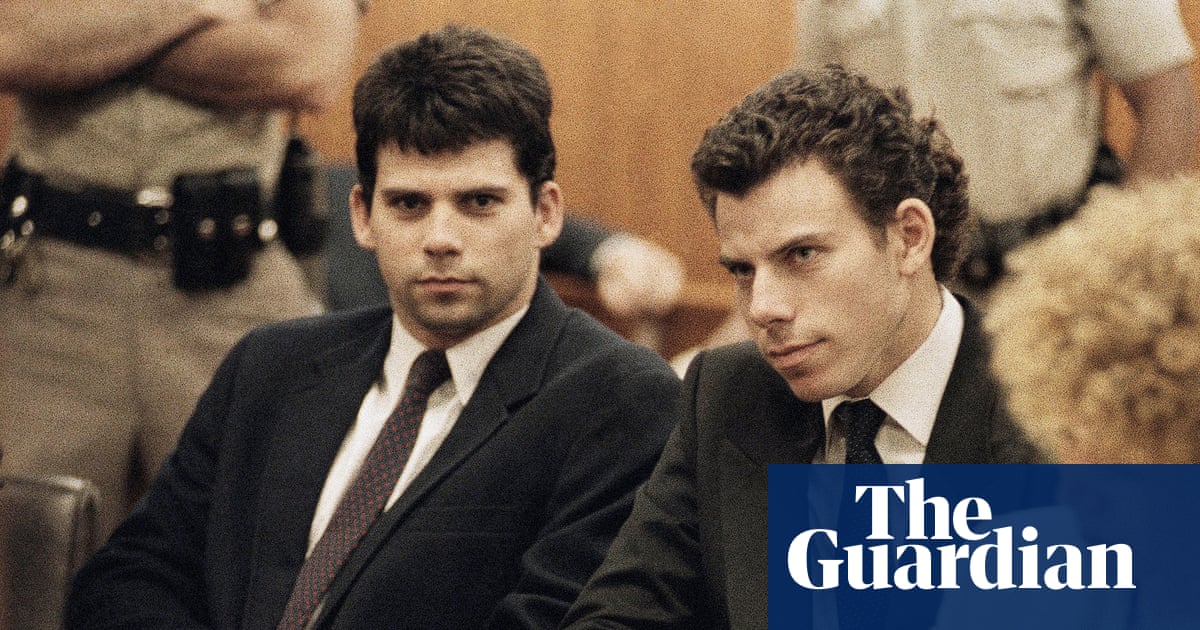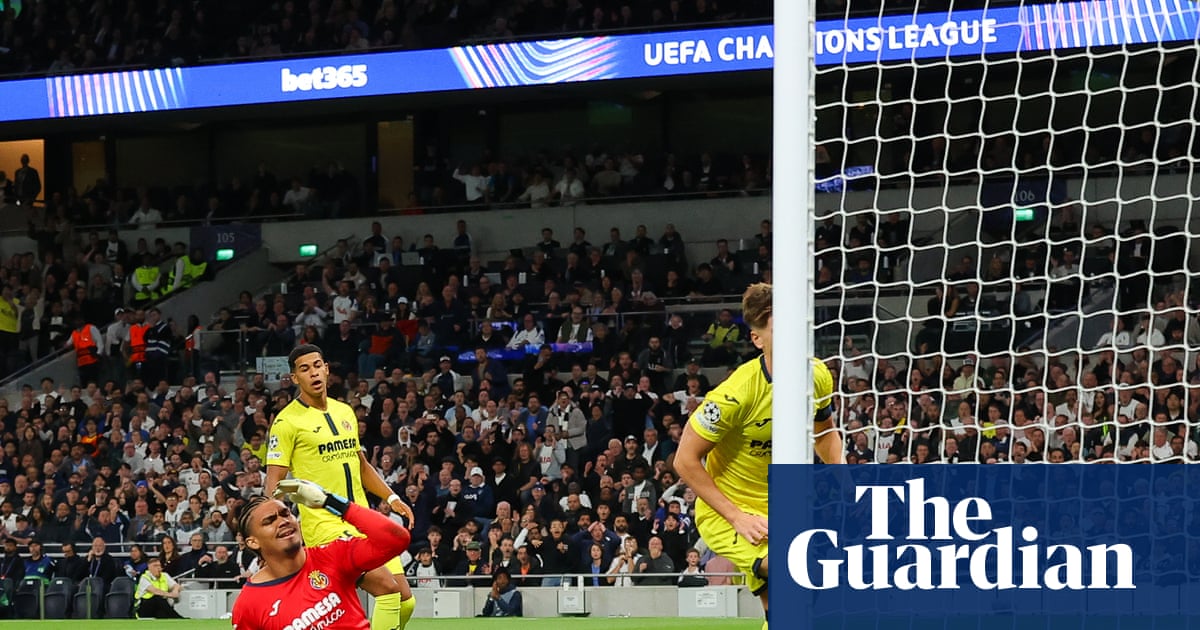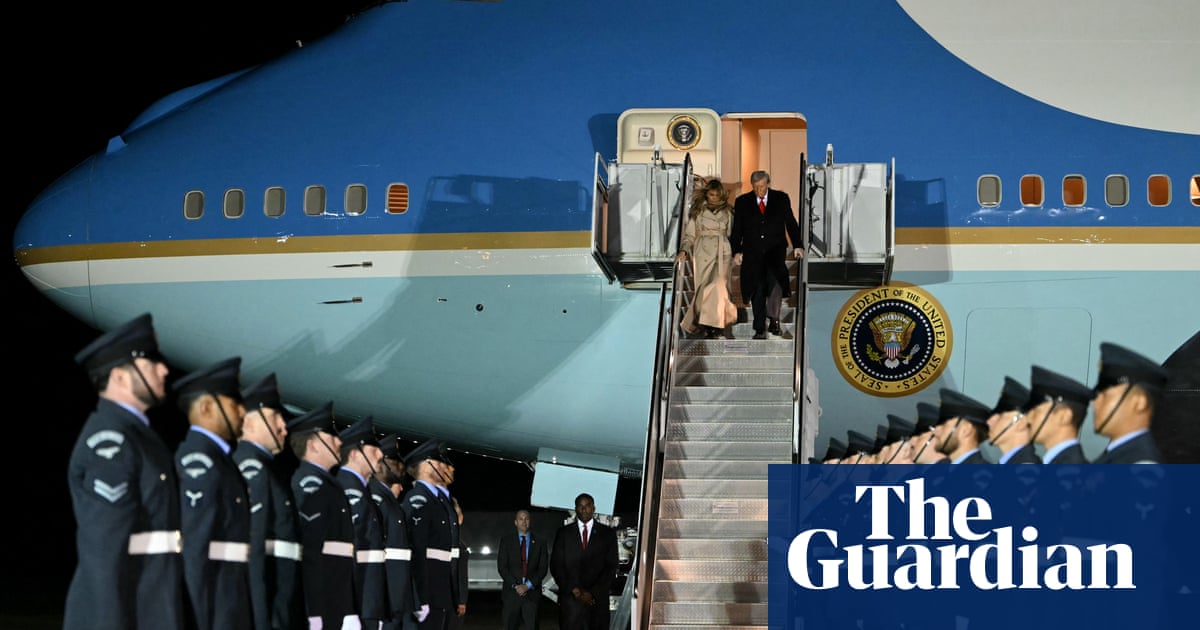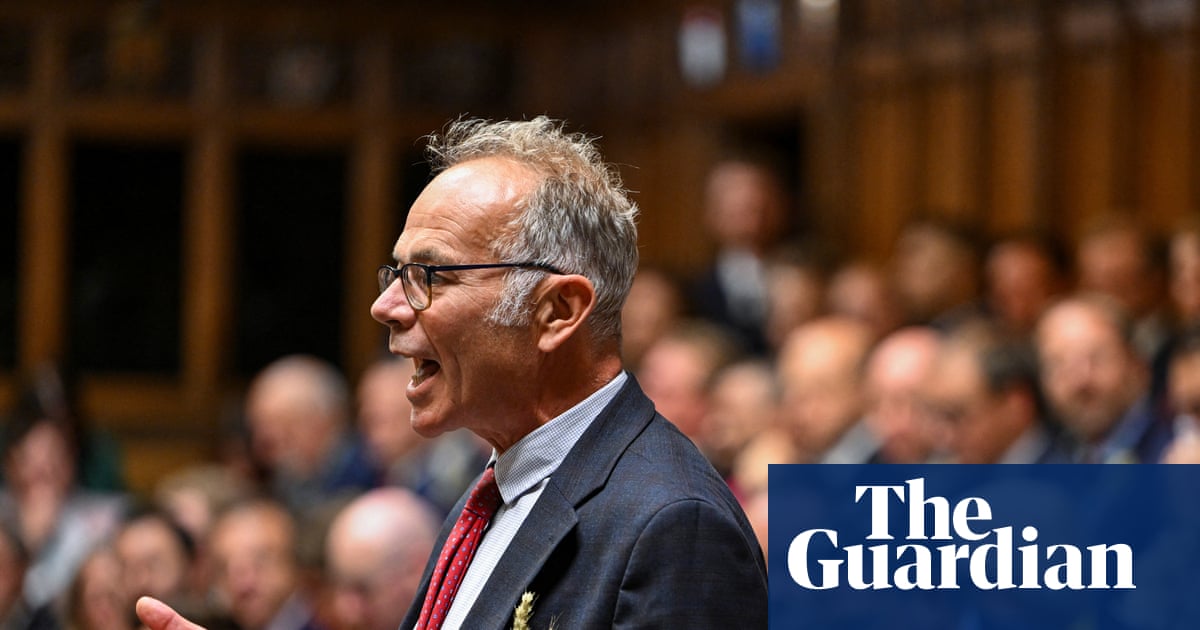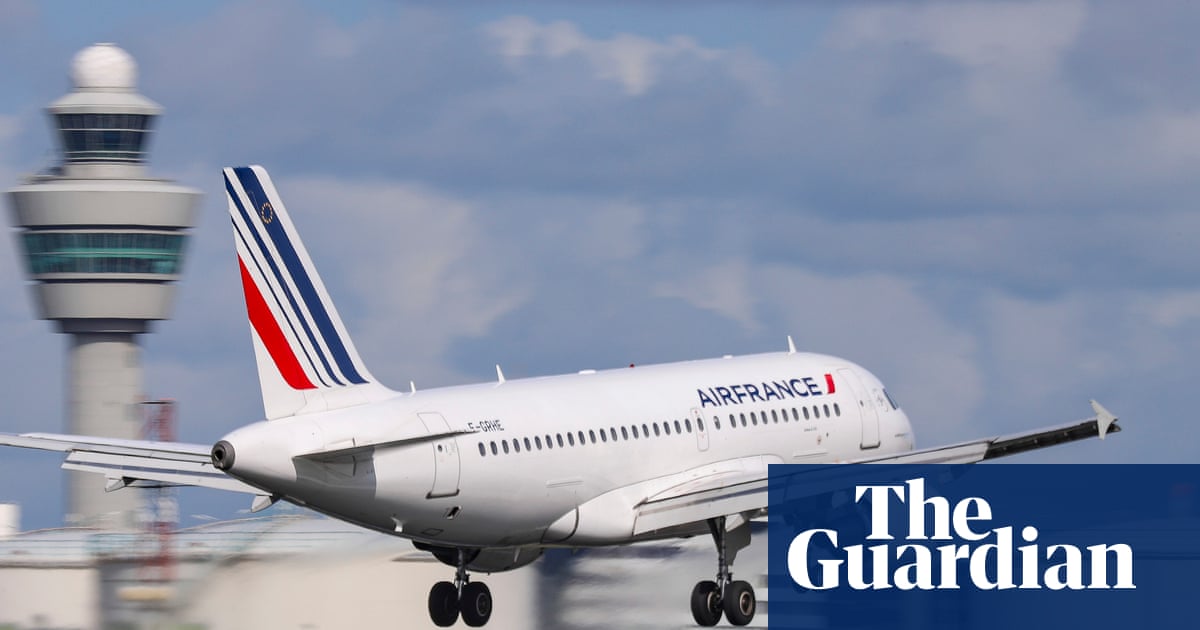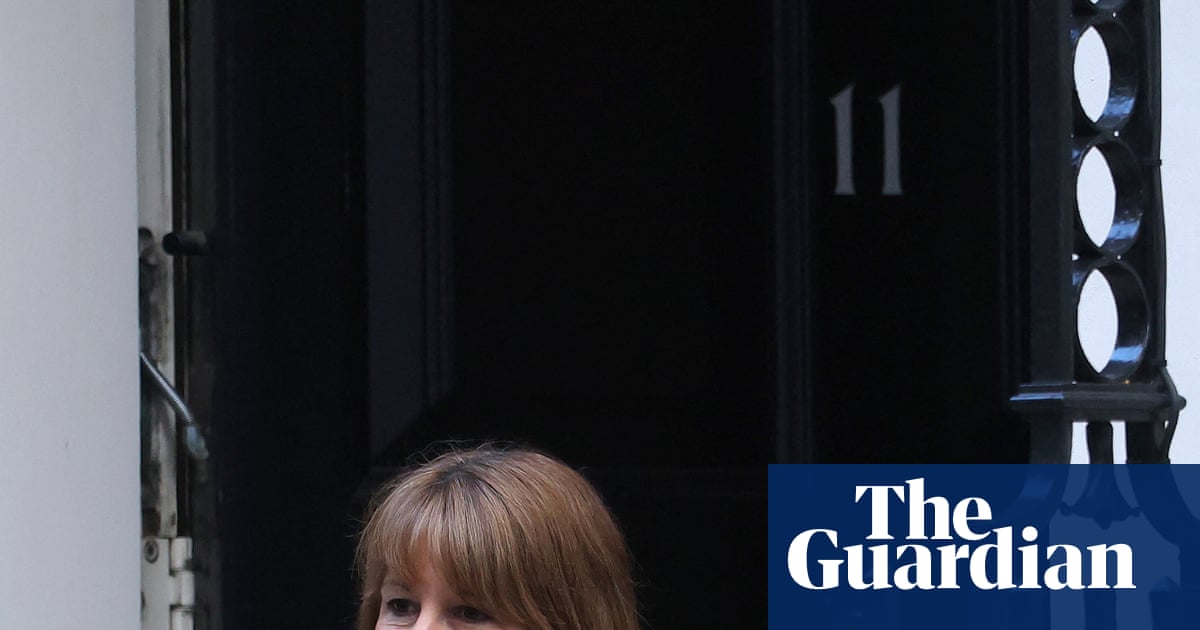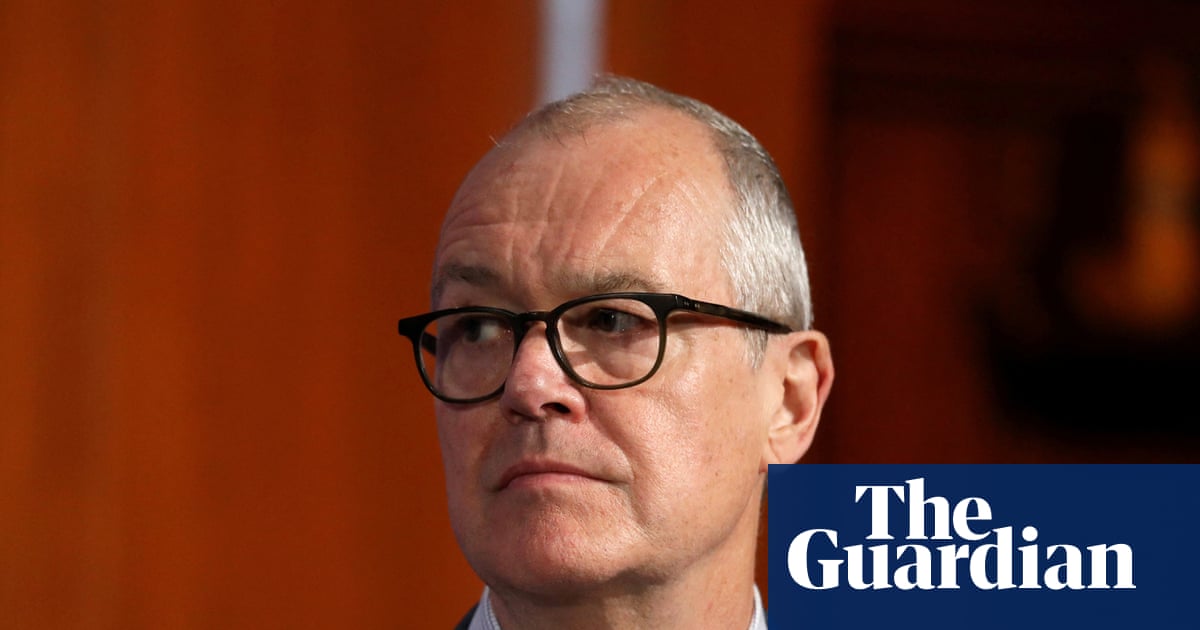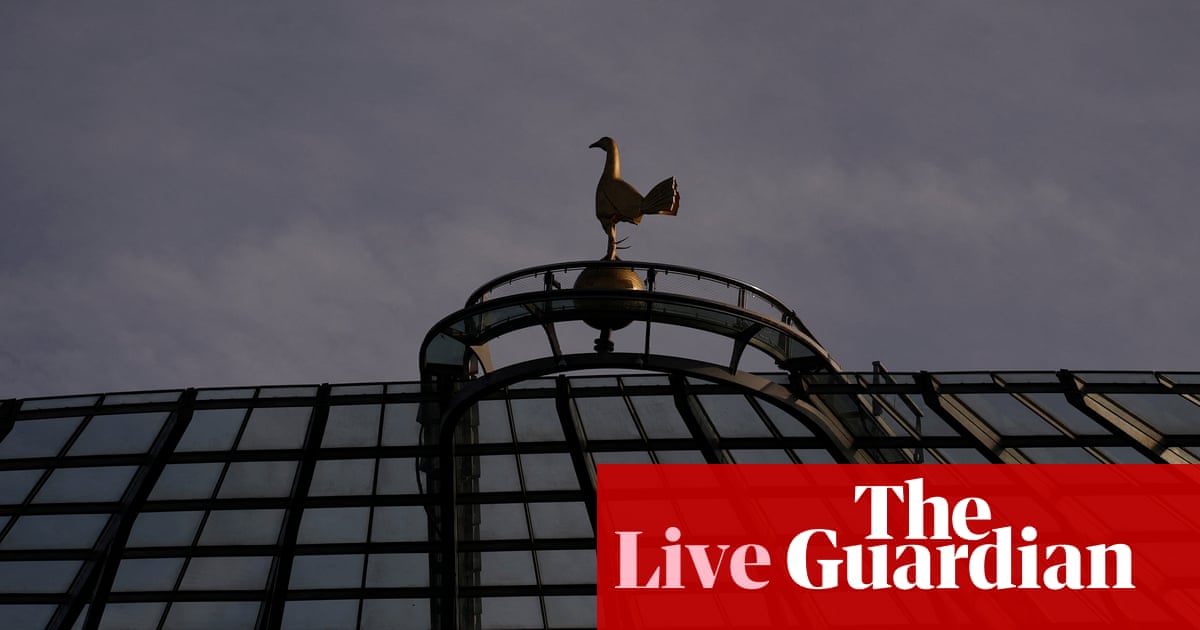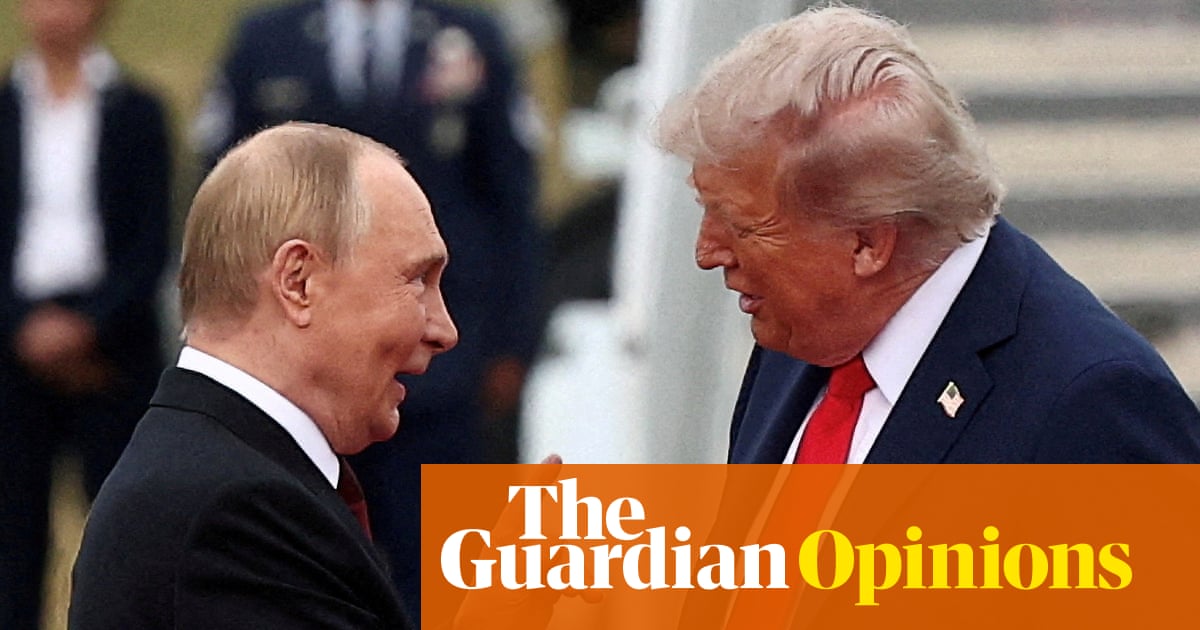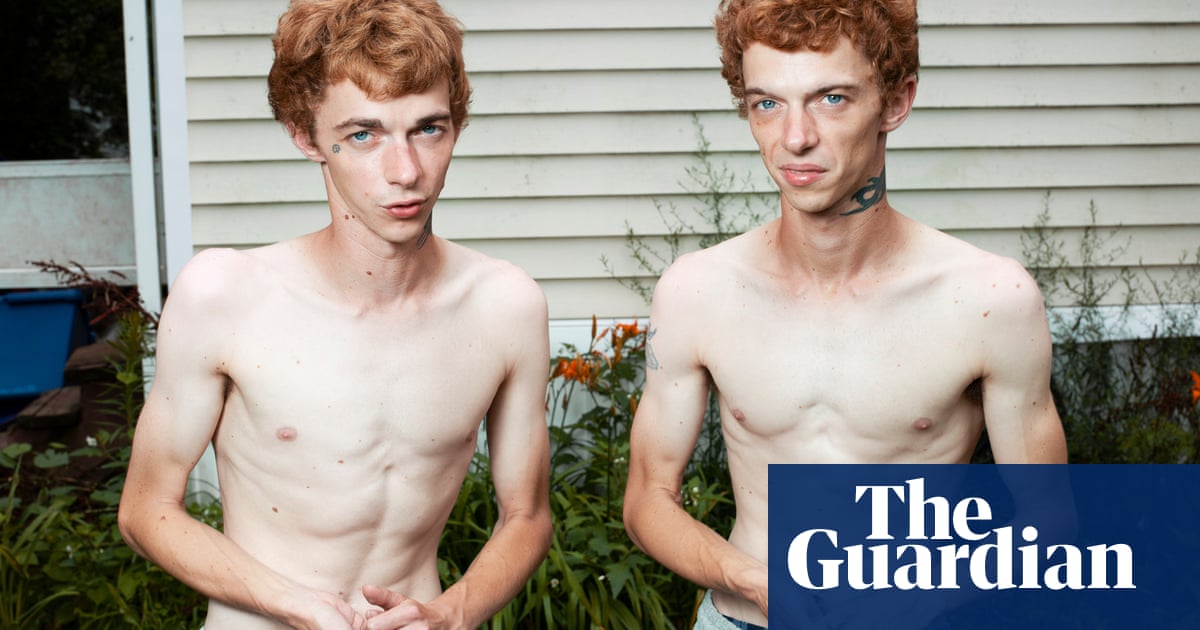FC Gueugnon (Coupe de la Ligue, 2000)
France’s secondary cup competition ran from 1994 to 2020, pushed by Ligue 1 sides who felt aggrieved by the Coupe de France’s great leveller of home advantage for its minnows. Paris St-Germain were the winners of the first and last editions of the League Cup and another seven in between. They lost one final, 25 years ago, to a team that were the antithesis of France’s spoiled ruling classes.
FC Gueugnon hail from a small industrial town in Burgundy. Founded in 1940, Les Forgerons (the blacksmiths) grew into a leading amateur side, denied promotion to the first division in 1979 before turning professional. Relegated at the end of their only top-flight season in 1995-96, Gueugnon’s focus going into the 1999-2000 season was on another promotion. They finished fifth in the second tier as cup heroics took over; Niort, Toulouse and top-tier Strasbourg were beaten without a goal conceded.
In the semi-finals, Gueugnon were unexpected favourites against Red Star, a third-tier Parisian side. After going 2-1 down in the 83rd minute, their captain, Amara Traoré, levelled with two minutes to go. Gueugnon prevailed 9-8 on penalties, keeper Richard Trevino scoring the winning spot-kick. A ticket to the final at Stade de France was the prize; they would face a PSG side blessed with the talents of Jay-Jay Okocha, Laurent Robert and Ali Benarbia.
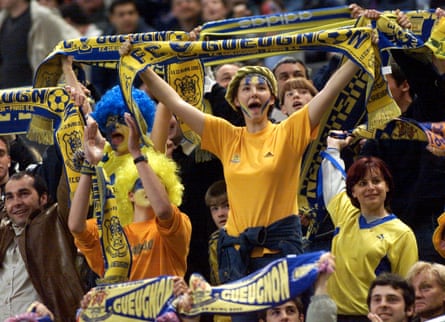
Alex Dupont’s side were not the greatest giantkilling tale in France that season; in the Coupe de France, fourth-tier Calais made it to the final but came up short against Nantes. Gueugnon did not capture global headlines, but they did get the job done in the final. They went ahead when Nicolas Esceth-Nzi’s long shot struck the post and Marcelo Trapasso instinctively turned the rebound home. Trivino produced an elastic triple-save to keep PSG at bay before the substitute Sylvain Flauto sealed victory with a solo effort that improved on Emmanuel Petit’s World Cup final goal.
At the final whistle, Dupont ran on to the pitch, head in his hands. Defender Eric Boniface, who played in a back three alongside Sylvain Distin, looked up to see “20,000 of our fans in blue and yellow, celebrating. It was magnificent.” Because Gueugnon does not have a train station, the team greeted fans on the platform at Montceau, home of their local rivals, before a bus ride to their Stade Jean Laville.
“I came out of the tunnel with the cup,” said Traoré this year. “The stadium was full and there were people in tears. This image never leaves me. Gueugnon defeated PSG. And not on penalties, but 2-0.”
The good times did not last. After a brief Uefa Cup adventure was ended by the Greek side Iraklis, the club were hit by financial problems, dropping into the third tier in 2008 and going bust three years later. The club reformed but became mired in the regional leagues; this term, they finished bottom of their group in the Championnat National’s semi-professional third tier. PSG, meanwhile, are the champions of Europe. Still, for one night at least, the blacksmiths beat the bourgeoisie.

Hertha Berlin II (DFB Pokal, 1993)
Arminia Bielefeld this year became the first team from Germany’s third tier to reach the cup final since Union Berlin in 2001. Union’s loss to Schalke marked the end of the DFB-Pokal’s era of surprises – second-tier Hannover won the cup in 1992, relegated Kaiserslautern lifted it in 1996 and the following year, Stuttgart – who saw off Arminia in this year’s final – overcame third-tier Energie Cottbus. No finalist was as surprising, though, as Hertha BSC Amateure in 1993 – the reserves who surpassed their first team.
In Spain and Germany, bigger clubs’ B-teams are dotted around the lower leagues, and Hertha’s cup run is not unique. In 1980, Real Madrid faced their own reserve team, Castilla, in the Copa del Rey final. The first XI won 6-1, maintaining the natural order before both sets of players celebrated with the trophy. Hertha Amateure’s journey was a more idiosyncratic affair. After defeating Heidelberg in front of 500 fans, the team jumped between home venues as they shocked VfB (formerly Lokomotiv) Leipzig and then the defending champions, Hannover, in the round of 16.
Despite falling 2-0 down early in the second half, Hertha II (as they are now known) rallied to win 4-3 with Oliver Schmidt scoring twice. The following day, Leverkusen eliminated Hertha’s first team, who had not (and still haven’t) reached a Pokal final since 1979. Hertha II were left to carry the flag for Berlin, with a quarter-final against Nuremberg. Leading 1-0 as the clock ticked down, the hosts conceded in the 89th minute but hit straight back, Daniel Lehmann completing another shock win.
The semi-final draw put Bundesliga sides Frankfurt and Leverkusen together, with Hertha II taking on second-tier Chemnitzer. The match was played at Berlin’s Olympiastadion in front of 56,500 fans – more than 100 times the number who turned up for their second-round match. Chemnitz had eliminated Werder Bremen in the last eight, but never recovered from Carsten Ramelow’s early goal as Hertha II won 2-1.
The reserve team for one of Germany’s biggest and best-supported clubs getting to the cup final feels, on the face of it, more a cause for concern than a magical fairytale. Hertha’s amateur side who lined up against Leverkusen were the real deal; no first-team players were parachuted in for the latter stages. Ramelow would go on to join Leverkusen and win 46 caps for Germany; some of his teammates graduated to the first-team squad, others stayed in regional football.
For the vast majority of Hertha’s reserves, the 1993 cup final was the highlight of their playing careers. It ended in disappointment as Leverkusen, seeking their first Pokal, secured a nervy victory through Ulf Kirsten’s 76th-minute goal in front of a partizan Berlin crowd. Die Werkself defeated Hertha’s A and B teams on their way to the trophy, but the unique achievement belonged to the beaten finalists. Their run will never be repeated; reserve teams were banned from the cup in 2008.
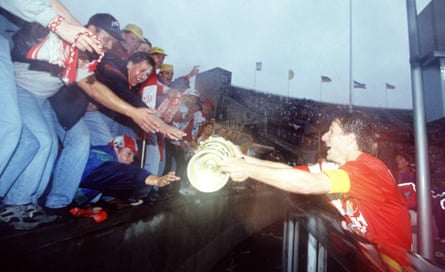
Lechia Gdansk (Polish Cup, 1983)
A cup run has the power to captivate a nation, but how many teams can say their exploits helped to bring down the iron curtain? In 1982, Poland’s Lechia Gdansk were fallen giants, dropping into the third tier after a decade in the second division. The gGreen and Whites still played a pivotal role in their revolutionary city – it was said that communism could only be denounced out loud at the Gdansk shipyards, church or Lechia’s Traugatta stadium.
Lechia were a threadbare mess at the mercy of political change; Lech Walesa, leader of the city’s Solidarity movement, had to intervene to ensure players did not lose their day jobs. After relegation to the third division was confirmed, the coaching reins were handed to two former players: Jerzy Jastrzebowski and Jozef Gladysz. Jastrzebowski was officially the manager, but the pair worked in an equal partnership.
The duo began assembling their team, a mixture of former teammates and promising youth players, but were thrown into cup action before summer training was over. It nearly ended in more humiliation, with non-league Start edged out in extra time. Lechia saw off Elblag 2-1 in front of 300 fans in the next round and were then drawn to face the Polish champions, Widzew Lodz.
Widzew would go on to eliminate Liverpool from the European Cup that season, but they were humbled at Traugatta. Roman Jozefowicz’s late leveller forced extra time and penalties, where Lechia prevailed 5-4. Widzew and Poland’s No 1, Jozef Mlynarczyk, could be heard screaming at his teammates for “losing to a bunch of waiters”. Next to the table were the first division leaders, Slask Wroclaw, who arrived four days early to show preparation was key. Lechia – who prepared by jogging around the shipyard – took the game to extra time and smashed in three goals to advance.
Lechia edged out Sosnowiec in the quarter-finals before drawing a fourth top-flight opponent, Ruch Chorzow. In the other semi-final, second-tier Piast Gliwice stunned the eventual league champions, Lech Poznan. Drawn at home again, Lechia held on for a goalless draw, before winning 3-1 on penalties. With promotion secured, the team could focus on cup final plans. One scout travelled to Silesia, despite torrential rain and a papal visit, to watch Piast in action. Another club loaned Lechia a set of red shorts, so they would look like the national team on their big day.
The final took place in Piotrkow Trybunalski, near Lodz, with Lechia making the long journey from the Baltic coast in a cramped, run-down bus. It did not hold them back, Marek Kowalczyk striking to earn the underdogs a 2-1 half-time lead. In the second half, Andrzej Salach had a chance to make it 3-1 from the spot, but missed. Piast poured forward but Lechia held on, winning the cup from the third division.
In the first round of the Cup Winners’ Cup, now second-tier Lechia were drawn to face Juventus. They lost the first leg in Turin 7-0, but what happened in the second leg resonated far beyond football. Walesa turned up to the game and Polish state TV, having led a lengthy disinformation campaign against him, made sure to display the dissident on the stadium’s big screen. “They hoped the nation would turn their back on me,” said Walesa years later.
His presence had the opposite effect. Soon, 30,000 fans were chanting “Solidarity” in unison. Waiting in the bowels of the stadium, Jastrzebowski felt the sound “send shivers down our spines”. Juventus won 3-2, but it scarcely mattered. “What happened during that game kept us going for five years,” said one Solidarity member. Walesa became Poland’s president in 1990, seven years after Lechia’s cup win struck a crucial blow against the country’s communist regime.
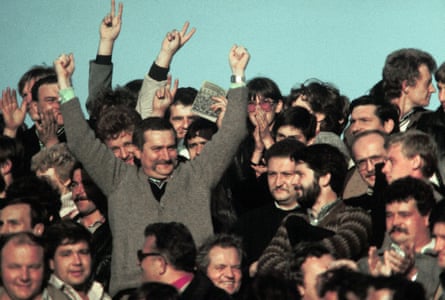
Randers FC (Danish Cup, 2006)
Randers is a modest provincial city in Jutland with a unique claim to cup fame. In the late 1960s, Randers Freja not only won the Danish Cup, but then defended it as a second-tier team. Freja were one of six clubs playing in the city before financial troubles led to a merger. Randers FC were formed in 2003 and the new one-club city were given a new reason to celebrate three years later.
Having spent a single season in the top flight in 2004-05, Randers’ chief target was an immediate return, but they had employees with a knack for collecting silverware. The head coach, Lars Olsen, had lifted the European Championship in 1992 as a Denmark player, while the combative midfielder Stig Tøfting had won two cups with AGF from nearby Århus. “Tøffe” arrived in January with a lengthy rap sheet – he spent four months in prison for assault in 2002 and was then fired by AGF after a bust-up at a Christmas meal.
Randers swept aside non-league Sædding 13-0 in their first cup game, then took out AGF 2-0 at home in the fourth round. Another top-flight Jutland side, AC Horsens, were defeated next, before a quarter-final home win over second-tier BK Frem. Twenty goals scored, none conceded and another Jutland giant, Aalborg, awaited in the semi-finals. After a goalless first leg at home, Randers fell behind in the away leg and the dream looked to be over but an own goal with 15 minutes to go sent them through to the final on away goals.
Randers effectively closed down for cup final day as thousands headed to Copenhagen, clad in orange to match their team’s away kit for the game. Their opponents were Esbjerg, another top-tier side from Jutland. Despite a party atmosphere at Parken, the game was a cagey affair, goalless until the dying moments of extra time when Karsten Johansen brought down Tøfting’s long free-kick (with a hint of handball) and rifled into the far corner.
Johansen, already on a yellow card, tore off his shirt and was sent off by the referee, Kim Milton Nielsen. The outsiders held on with 10 men to lift the trophy, a famous hat-trick completed. The party did have a down side though – having led the second division for most of the season, Olsen’s weary side stumbled towards the line, going up with a win on the final day. Still, the hangover was worth it.
St Francis (FAI Cup, 1990)
The summer of 1990 was a memorable one for football in Ireland but before the national team’s World Cup heroics and audience with the pope came the miracle of St Francis. An amateur team from the Liberties district of Dublin, the non-leaguers made it all the way to the FAI Cup final, where Jack Charlton was among the thousands watching on.
Having forged a reputation as one of the country’s leading junior sides, St Francis were playing in the Leinster Senior League and had to qualify via the non-league Intermediate Cup. Once in the FAI Cup proper, they shocked Cobh Ramblers – who featured a teenage Roy Keane in midfield – on their way to a semi-final against Bohemians, one of Dublin’s biggest and most historic clubs.
While they could have been forgiven for seeing the game as no more than a day out, St Francis were built differently. Under the tutelage of Pete Mahon, the team had the technical ability and togetherness to match more noted opponents. “It was the first club where we looked at game-related scenarios in training,” their goalkeeper, Gary Matthews, told RTÉ in 2020. “Normally a training session was a lot of running.”
Not that St Francis weren’t a committed bunch. “[Pete] had players who would have died for him,” Matthews said. “You don’t get that unless you have mutual respect.”
Bohs found out the hard way; despite dominating the game, they could not find a way past Matthews and John Murphy’s goal at the other end proved enough for a seismic 1-0 victory. In the final, they would face Bray Wanderers, a second-tier team at the end of the Dart line in County Wicklow.
The final was the first to be played at Lansdowne Road, in an effort to boost dwindling attendances. The presence of two local sides from outside the top flight changed all that. After meeting Charlton before the game, the teams were told that kick-off would be delayed because so many fans were trying to get in. The attendance of 29,000 was the largest for a final in years, but Mahon felt all the pressure was on Bray. A non-league team winning the cup would be an embarrassment for the FAI.
Bray went ahead in the 20th minute through John Ryan’s penalty, but St Francis stayed in the game. Early in the second half, Brendan Toner’s close-range header somehow slipped past the far post and the miracle began to fade. Ryan scored twice more in the second half – a curling finish from the edge of the area, plus a second penalty – as Bray won the game 3-0, one of very few second-tier sides to crush an underdog’s cup final dream.
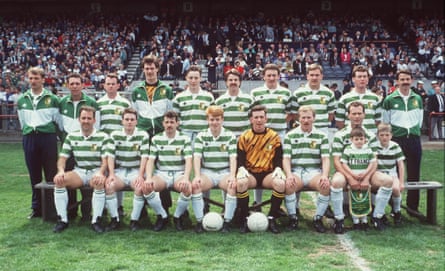
final against Bray Wanderers. Photograph: Billy Stickland/Inpho
FC Pasching (Austrian Cup, 2013)
In the modern world of multi-club ownership, not every cup run is a tale of pure romance. Take FC Pasching, a team who produced perhaps the most impressive run of all but have since been swallowed up by a resurgent local rival. It’s a familiar tale in Austrian football, a league pyramid that feels almost lawless compared to the tight regulations over the border in Germany.
A third-tier club based in a satellite town near Linz, Pasching were already partnered with Red Bull Salzburg in 2013, and their coach, Gerard Baumgartner, was drafted in to develop players and improve results. Still, there were no future superstars in the team that reached the quarter-finals and then defeated Rapid Vienna, Red Bull Salzburg and Austria Vienna – the Bundesliga’s top three teams – to lift the trophy. Daniel Sobkova, who ended his playing career in Liechtenstein, scored the winner in the final, setting up a brief European adventure for a town of 6,000 people.
At the time of their giant-killing spree, FC Pasching were three years old – formed from a complicated merger with the town’s previous team moving to Klagenfurt in 2007, with Austria Kärnten rebranding as Pasching in 2010. Despite such murky beginnings, the town’s new team were vying for promotion from the regional leagues with LASK Linz, former national champions who had fallen into financial meltdown. It was LASK who won the race to the second tier and it proved a pivotal moment as Pasching were subsequently passed from Red Bull to LASK ownership.
Two years after lifting the Cup, Pasching’s name disappeared from the Austrian pyramid as LASK moved up to the Bundesliga, playing at their former rivals’ home ground from 2016 to 2023. Pasching became LASK’s junior side and now carry the awkward moniker of FC Juniors OÖ [Oberösterreich or Upper Austria]. Having enjoyed three seasons in the second tier from 2018-19, FC Juniors OÖ are back in the regional leagues. They have lost their name, but nobody can take the trophy away.

 3 months ago
131
3 months ago
131


